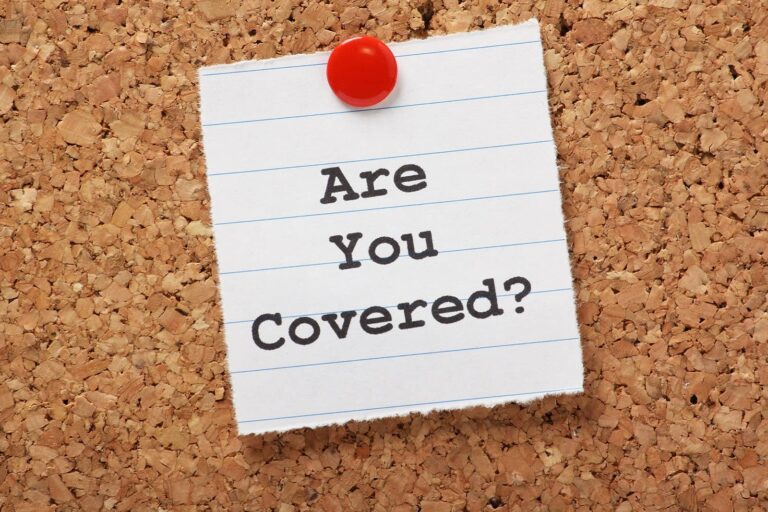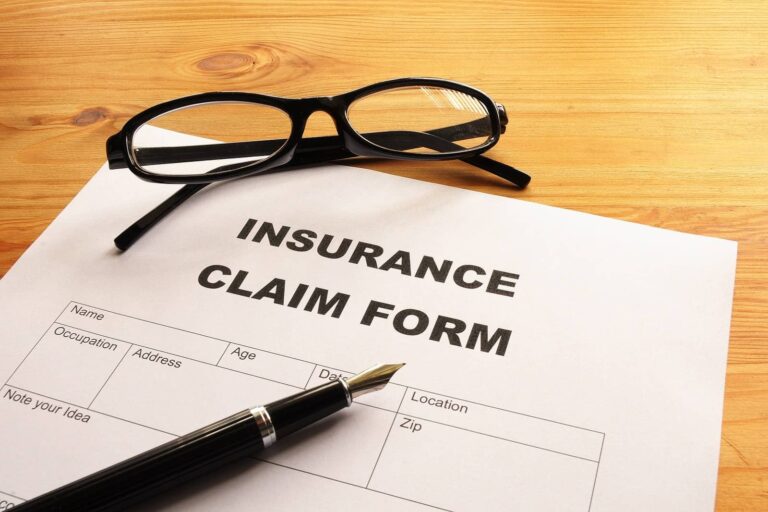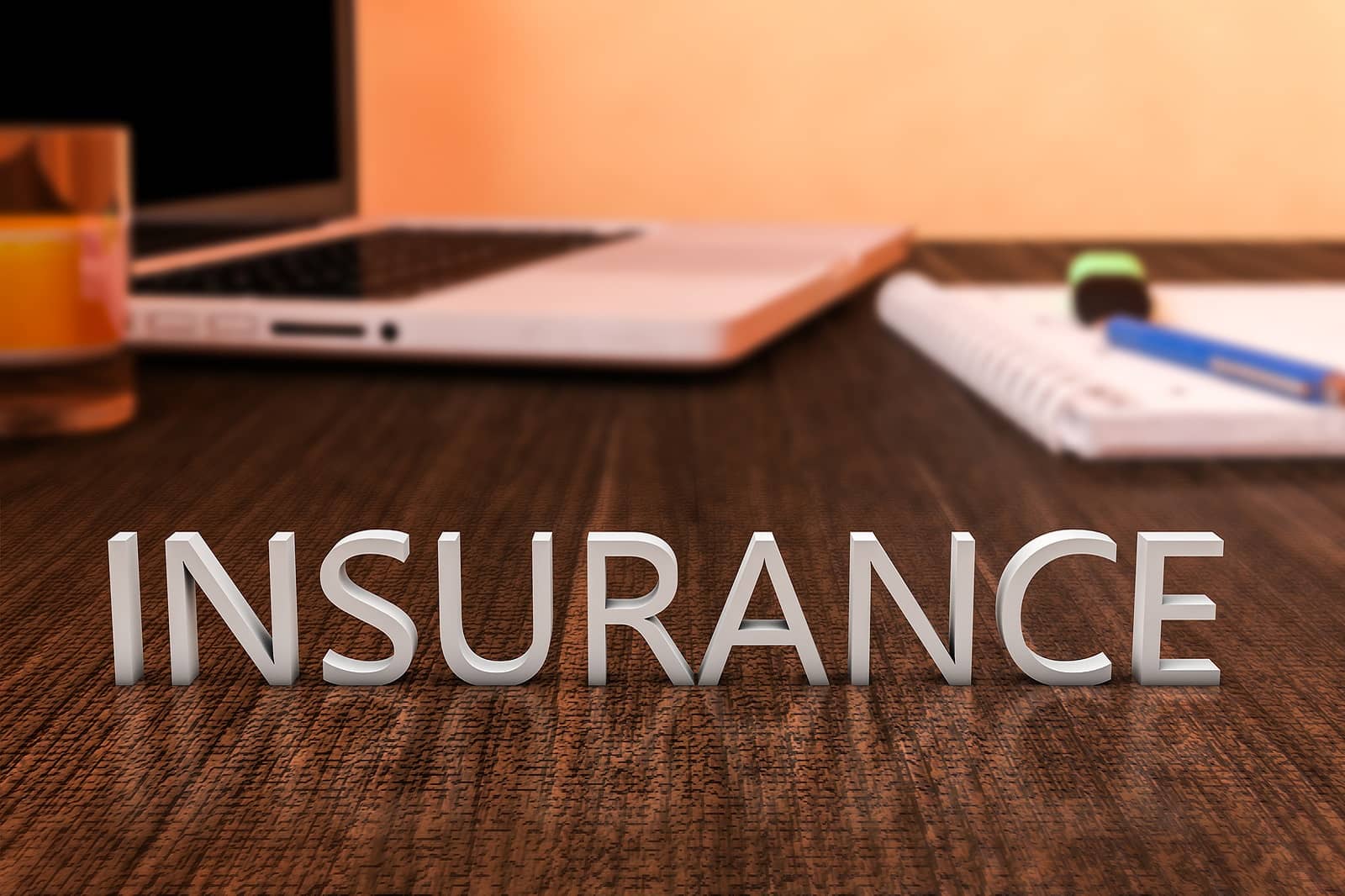Real estate investing is a lucrative venture, but it comes with inherent risks, particularly in the realm of property damage.
Property damage coverage provides a safeguard that shields real estate investors from significant financial losses when mishaps occur. But what exactly is this insurance, and why is it so critical for property investors?
Let’s delve in and unravel the mystery.
Key Takeaways
- Property damage liability insurance provides financial and legal protection for real estate investors should an accident happen at their property that affects someone else’s property.
- Understanding coverage limit is essential as it determines the maximum amount of a claim that can be paid out in case of a covered accident.
- Steadily stands out as an excellent insurance provider due to its customizable coverage options and customer satisfaction ratings.
Understanding Property Damage Liability Coverage for Real Estate Investors

Understand what property damage coverage does for real estate investors
At its core, this type of landlord insurance, specifically property damage liability insurance, is designed to protect you from the financial fallout when an accident at your investment property results in damage to another person’s property. A minimum coverage of $100,000 is generally advised for investors in short term and long term rental properties to provide sufficient protection for their business.
What makes it even more appealing is the absence of any deductible, distinguishing it from bodily injury liability coverage.
The Basics of Property Damage Liability
Property damage liability insurance is unique in its scope as it only covers the damage caused to other individual’s property, excluding your own. This means that any personal losses, such as damage to your personal belongings or medical bills, are not covered. It also doesn’t cover legal defense fees. These are covered by what is known as landlord liability insurance.
In the unfortunate event that you are responsible for an accident, your insurance policy will cover the costs up to the specified coverage limit.
Understanding Coverage Limits
The role of coverage limits is substantial in property damage liability insurance. They dictate the maximum payout for a claim, and anything exceeding this limit must be covered out of your pocket. This, in turn, can negatively affect the finances of your real estate investment business and can turn a positive cash flow rental property into a negative cash flow income property.
There are two types of limits:
- Split limits which set separate limits for per person and per accident payments
- Combined single limit which has a single amount covering all liabilities in an accident
State-Mandated Property Damage Liability Requirements for Landlords
State regulations significantly influence property damage liability coverage. Requirements vary considerably across different states, with property damage liability limits ranging from $5,000 to $25,000 per accident. For instance, the sunny State of Florida does not enforce any statutory property damage liability requirements for landlords, although it’s still advisable to obtain landlord insurance in Florida to protect against substantial damages.
Non-compliance with existing landlord insurance stipulations can lead to legal repercussions, including fines and penalties.
Evaluating the Cost of Property Damage Liability Insurance
The cost of property damage liability insurance is influenced by a multitude of factors, including:
- Location
- Type of property
- Coverage limits
- Investor’s risk profile
Location can heavily influence the property damage coverage part of landlord insurance cost as properties in high-risk areas may have higher premiums. The type of property also has a significant impact. For instance, commercial properties in disaster-prone areas may incur higher insurance expenses.
Moreover, coverage limits have a substantial impact. Higher coverage limits usually lead to higher premiums due to the increased liability for the insurance company.
Additional Protection
While property damage liability insurance offers substantial protection, it’s just one piece of the puzzle related to protecting your real estate investing endeavors. Investors can consider additional coverage options, such as comprehensive or umbrella coverage, for more extensive protection.
These options warrant a more detailed examination.
Comprehensive Coverage Options
Comprehensive coverage offers protection against various types damages, such as theft, vandalism, and natural disasters. This rental property insurance coverage type is especially useful for real estate investors as it provides insurance against losses resulting from these malicious activities. However, it’s crucial to note that damage caused by flooding is typically excluded, necessitating separate flood insurance for comprehensive protection against natural disaster damages.
How to File a Property Damage Liability Claim

Here is how to file a property damage claim
For real estate investors, knowing how to file a property damage liability claim is essential. It involves following certain steps immediately after an accident and then navigating the claims process with your insurance company.
Steps After a Property Accident
The immediate aftermath of an accident can be chaotic and stressful, but keeping a clear head and initiating a property damage liability claim is paramount. These steps include exchanging information with the affected persons, documenting the damages through photographs, and submitting an immediate claim to your insurance provider.
Capturing photographs after an accident holds significance as they serve as crucial documentation of the accident scene, aid in determining liability, and can be utilized as evidence in insurance claims and legal proceedings.
Navigating the Claims Process
Once the initial steps are completed, the next phase is to navigate the claims process. This involves working with an insurance adjuster, who will conduct an investigation into the claim, evaluate the extent of the damage, collect pertinent evidence, and engage in negotiations to reach an equitable settlement.
It’s critical to furnish all necessary documentation, including photographs and videos of the damage, a detailed account of the incident, an inventory of the affected items, and a comprehensive description of the extent of the damage.
Maximizing Your Coverage: How Much Liability Insurance Do You Need?
Establishing the amount of liability insurance you need is a fundamental aspect of optimizing your coverage. It involves considering the value of your assets, your affordability, and the potential cost of property damage.
Analyzing your investment goals, risk tolerance, risk management strategies, and the level of risk associated with various asset classes and strategies in real estate can help evaluate your risk profile.
Selecting the Right Insurance Company
For real estate investors, the decision of selecting the right insurance provider is of high importance. It involves researching providers, reviewing policyholder feedback, and comparing coverage options.
Researching Insurance Providers
When it comes to researching insurance providers, there are myriad options to consider. When you look for the most fitting option for your particular needs, you need to consider the coverage, the cost, and the reputation of the company. It’s a good idea to check out online reviews by existing customers when selecting your investment property insurance provider.
Some of the best landlord insurance companies catering to real estate investors include:
- Steadily
- Liberty Mutual
- Farmers Insurance
- State Farm
- Travelers
- American Family Insurance
- Foremost
- COUNTRY Financial
- USAA
Among these, Steadily stands out as a top choice for rental property insurance due to its customizable coverage options, expertise in landlord insurance, affordable rates, and high ratings among existing customers.
Reviewing Policyholder Feedback
When choosing an insurance company, considering policyholder feedback is a vital factor. It provides valuable insights into the company’s performance and customer satisfaction.
Typical issues expressed in reviews encompass claim handling delays, unsatisfactory settlements, and difficulties with adjusters, while positive feedback often highlights prompt claim handling, fair settlements, and helpful adjusters.
Property Damage Coverage in Real Estate Investing: Summary
In conclusion, property damage liability insurance is a vital component of a real estate investor’s risk management strategy. From understanding coverage limits to navigating the claims process, and from maximizing coverage to choosing the right insurance provider, every step plays a crucial role in ensuring optimal protection against potential financial losses.
If you are looking for the best option to cover all your needs as a short term and long term rental property investor, check out Steadily. Established as a real estate investor insurance company, they offer diverse policies, customizable coverage, and competitive prices.
FAQs
What Is Property Damage Coverage in Insurance?
Property damage coverage is a type of real estate insurance that takes care of the cost of repairing or replacing another someone else’s property if you are at fault for an accident. This covers damage to different types of personal property.
Is Property Damage Insurance a Must?
The US legislation does not require real estate investors to obtain property damage coverage, from a legal point of view. However, getting this type of insurance is a must in order to protect yourself against liability and your property against turning into a money-losing rental business. If you do careful investment property analysis, you will realize that the cost of insurance is more than offset by the financial benefits should an accident occur at your property.
How Much Property Damage Liability Coverage Should I Have?
Just like with most other types of insurance, the amount of property damage liability insurance that you get should depend on multiple factors. The most important ones include the location of your investment property, the condition of your property, your budget, and your tolerance to risk as an investor.

